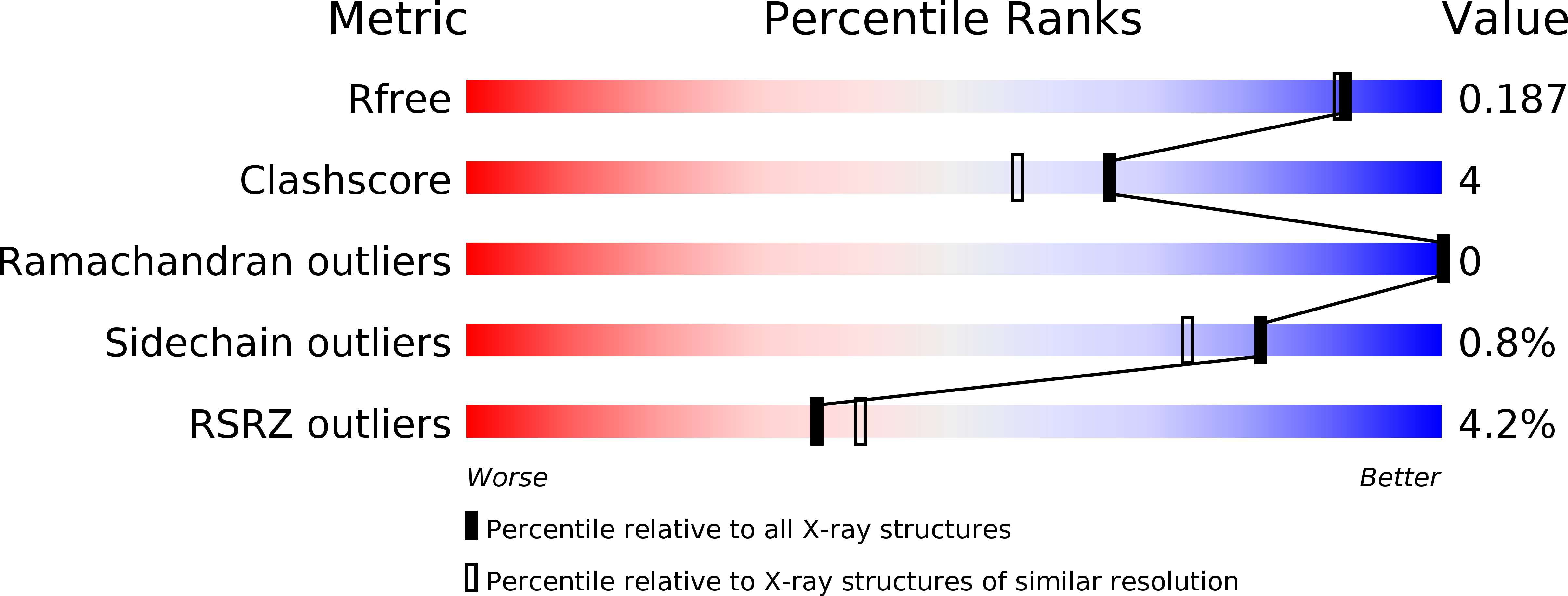
Deposition Date
2012-11-26
Release Date
2013-06-26
Last Version Date
2023-09-20
Entry Detail
PDB ID:
4I3F
Keywords:
Title:
Crystal structure of serine hydrolase CCSP0084 from the polyaromatic hydrocarbon (PAH)-degrading bacterium Cycloclasticus zankles
Biological Source:
Source Organism:
Cycloclasticus sp. P1 (Taxon ID: 385025)
Host Organism:
Method Details:
Experimental Method:
Resolution:
1.69 Å
R-Value Free:
0.18
R-Value Work:
0.14
R-Value Observed:
0.14
Space Group:
C 1 2 1


